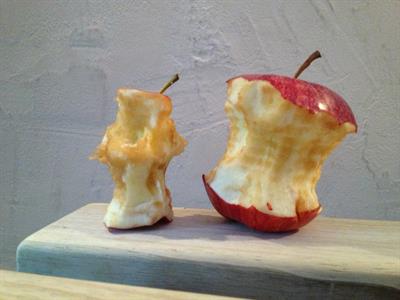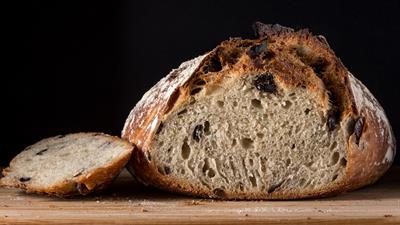
PUMPA - SMART LEARNING
எங்கள் ஆசிரியர்களுடன் 1-ஆன்-1 ஆலோசனை நேரத்தைப் பெறுங்கள். டாப்பர் ஆவதற்கு நாங்கள் பயிற்சி அளிப்போம்
Book Free DemoOxidising agents:
Substances that can oxidise other substances are called Oxidising agents. These are also called electron acceptors because they remove electrons from other substances.
Example:
\(H_2O_2\), \(MnO_4\), \(CrO_3\), \(Cr_2O_7{^2}{^-}\)
Reducing agents:
Substances that can reduce other substances are called Reducing agents. These are also called electron donors because they donate electrons from other substances.
Example:
\(NaBH_4\), \(LiAlH_4\), Palladium, Platinum.
Oxidation reactions in daily life: In nature, the oxygen existing in atmospheric air oxidises several things, starting from metals to living tissues.
Example:
1. The shining outside of metals tarnishes due to the creation of respective metal oxides on their surfaces. This is called Corrosion.

Corrosion on kitchen utensils
2. The freshly sliced surfaces of vegetables and fruits turn brown after some time because of compounds' oxidation.

Oxidation on apple
3. The oxidation reaction in food products left open for an extended period is responsible for food spoiling. This is termed Rancidity.

Oxidation or Rancidity on the cake